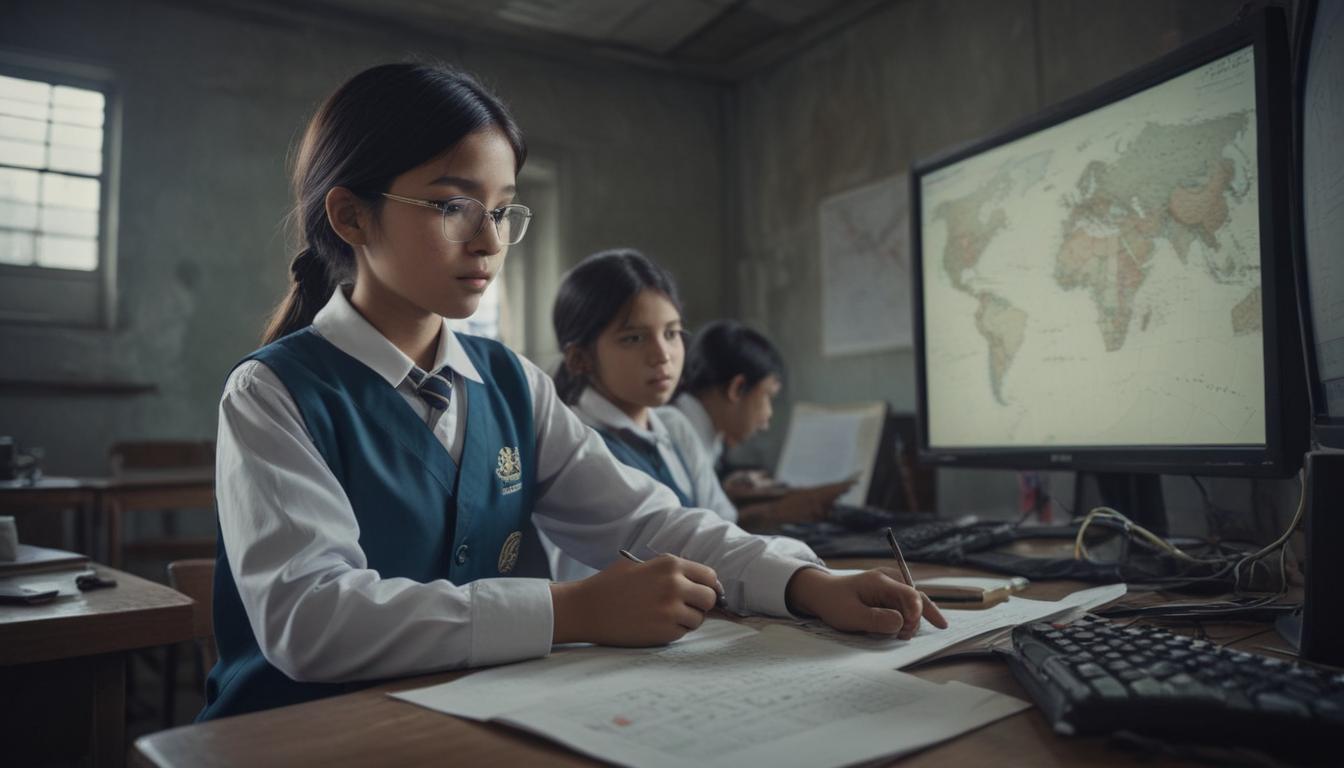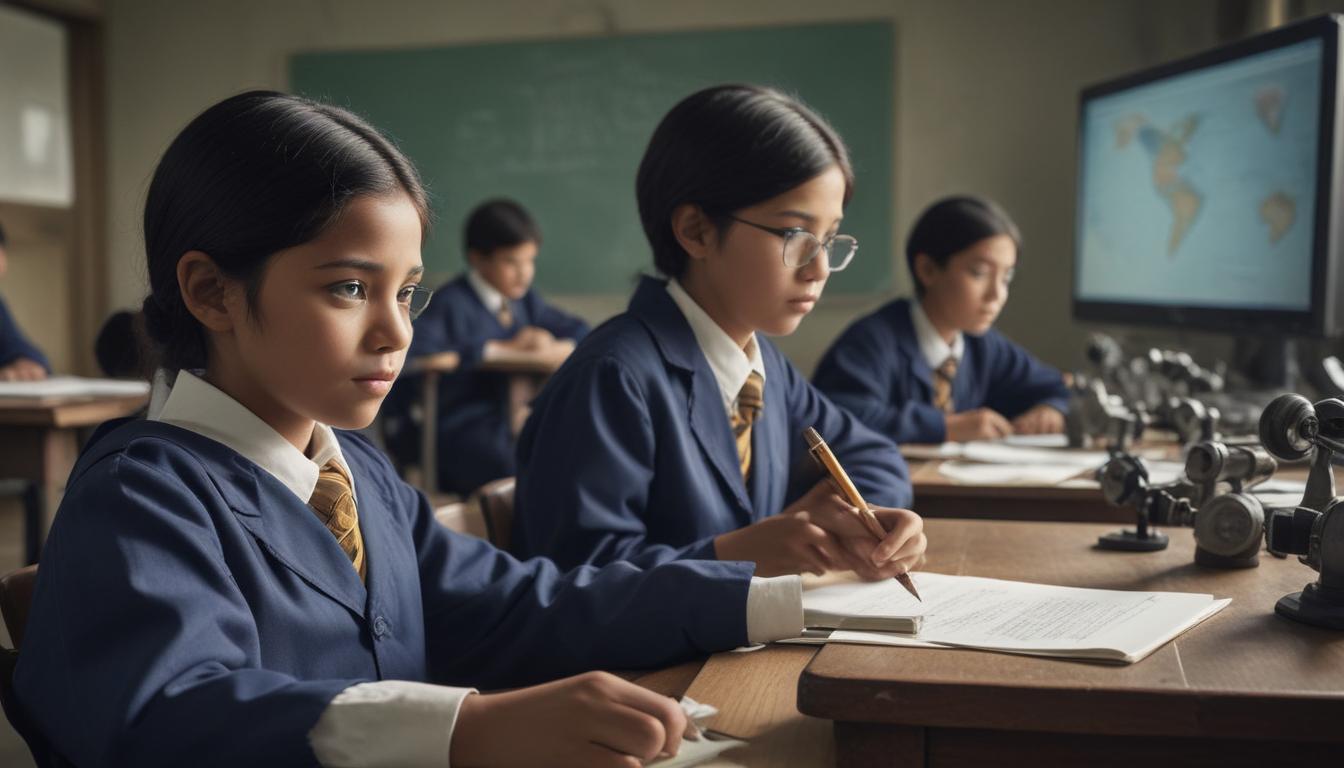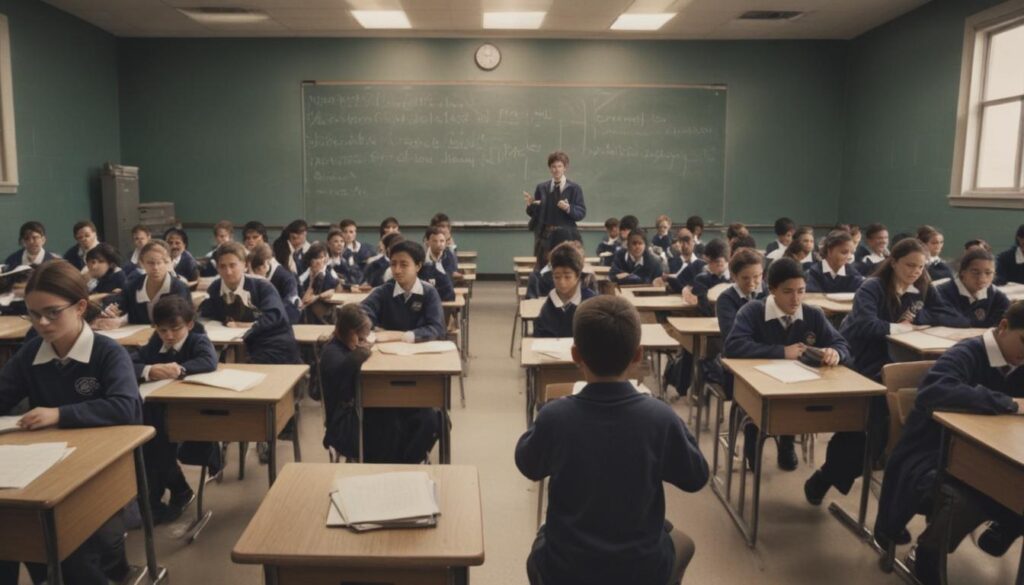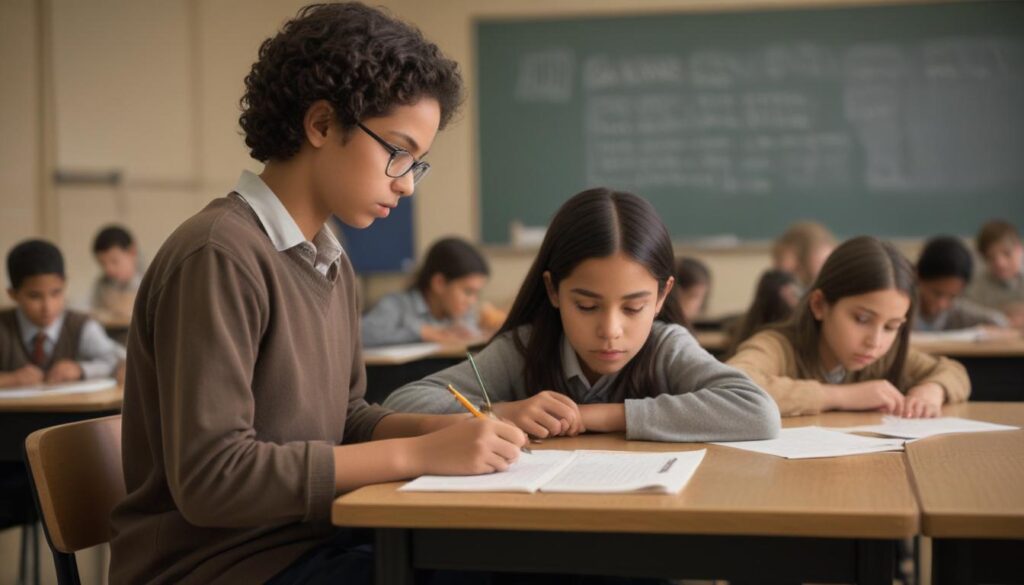Now Reading: Global Skills for a Competitive Future
- 01
Global Skills for a Competitive Future
Global Skills for a Competitive Future

Unlocking Global Success The Essential Education for Competitiveness
Education for Global Competitiveness
Does the rapid pace of technological change and globalization make you question if our current education system is truly preparing students for the future? You see headlines about automation, the rise of a global workforce, and skills gaps, and you worry that today’s learners are being equipped for a world that no longer exists. This anxiety is real. The traditional model of rote memorization and standardized testing is falling short, leaving students, parents, and business leaders concerned about future relevance and success. The solution isn’t to work harder within the old system, but to embrace a new educational paradigm. This guide will illuminate the essential shifts in education required to foster true global competitiveness and empower learners to thrive in the 21st century and beyond.
Beyond Textbooks Redefining Education for a Globalized World
For generations, education was largely a linear process of information transfer. A teacher, armed with a textbook, delivered facts and figures to students, who were then tested on their ability to recall that information. This model was sufficient for an industrial economy where roles were specialized and change was incremental. However, in today’s interconnected world, this approach is fundamentally obsolete.
Information is no longer a scarce commodity; it’s abundantly available at our fingertips. The new currency of the global economy is not what you know, but what you can do with what you know. Global competitiveness is no longer determined by a nation’s ability to produce standardized workers, but by its capacity to cultivate adaptable, innovative, and collaborative thinkers.
This redefinition requires a profound shift in focus from memorization to mastery of skills. A globally competitive education system understands that the world’s most complex problems—from climate change to supply chain logistics—are not solved by individuals working in isolation. They require teams of diverse individuals who can communicate across cultural and geographical boundaries, critically evaluate vast amounts of information, and creatively apply their knowledge to novel situations. The classroom must transform from a passive listening environment into an active laboratory for problem-solving, creativity, and collaboration. The goal is to nurture individuals who are not just job-ready but future-proof, equipped with the mental agility to navigate a constantly evolving professional landscape.

The Core Pillars of a Globally Competitive Education
To build this new educational framework, we must focus on a set of core pillars that go far beyond traditional academic subjects. These pillars represent the essential competencies that enable individuals to create value and drive innovation in a global context. They are interconnected and mutually reinforcing, forming the foundation upon which a successful and fulfilling career is built.
Cultivating Critical Thinking and Problem Solving
Critical thinking is the engine of progress. It is the disciplined process of actively and skillfully conceptualizing, applying, analyzing, synthesizing, and evaluating information to guide belief and action. In a world saturated with misinformation and complex data, the ability to discern fact from fiction, identify underlying assumptions, and construct a logical argument is paramount. A competitive education moves beyond multiple-choice questions and asks students to wrestle with ambiguity. It encourages them to deconstruct complex problems, explore various potential solutions, and defend their chosen path with evidence and reason.
This is cultivated through methods like project-based learning, where students tackle real-world challenges over an extended period. It is also honed through case studies that demand analysis and strategic decision-making, and through debates that teach students to articulate their viewpoints and respectfully challenge others. These are not merely academic exercises; they are direct simulations of the demands of the modern workplace. An employee who can analyze a failing marketing campaign, identify the root cause, and propose an innovative, data-backed solution is infinitely more valuable than one who can only follow a pre-written script.
Mastering Digital and Technological Fluency
In the 21st century, digital literacy is as fundamental as reading and writing were in the 20th. However, true fluency extends far beyond knowing how to operate a computer or use a specific software application. It encompasses a deep understanding of how technology works, the ability to leverage digital tools for communication and creation, a firm grasp of data analysis, and a strong sense of digital citizenship and ethics. Students must learn not only how to consume digital content but how to create it, whether that means building a simple website, analyzing a dataset to find trends, or producing a multimedia presentation.
This mastery is crucial because technology is no longer a separate industry; it is the backbone of every industry. From agriculture using AI-powered drones to healthcare leveraging data analytics for patient outcomes, technological fluency is a non-negotiable skill. An education that fails to integrate this pillar is failing to prepare its students for the world they will actually inhabit. It’s about empowering them to be masters of technology, not just passive users, enabling them to adapt to new tools like artificial intelligence and automation as they emerge and reshape industries.
Developing Cultural Intelligence and Collaboration
As businesses become more global and teams more distributed, the ability to collaborate effectively across cultures has become a critical determinant of success. Cultural Intelligence (CQ) is the capability to relate and work effectively in culturally diverse situations. It involves more than just an awareness of different holidays or foods; it is a deep-seated understanding of how culture shapes communication styles, work ethics, and perspectives on hierarchy and feedback. A high CQ allows an individual to avoid misunderstandings, build trust, and leverage the diverse strengths of a multicultural team.
This skill is best developed through direct experience and intentional instruction. Educational programs that facilitate international exchanges, virtual projects with students in other countries, and a curriculum that integrates diverse global perspectives are essential. Collaboration itself is a skill that must be taught. Students need to learn how to actively listen, provide constructive feedback, manage conflict, and share responsibility for a common goal. In a global economy, the most significant breakthroughs rarely come from a lone genius. They come from diverse teams that can harmonize their unique talents and perspectives to create something truly innovative.





































